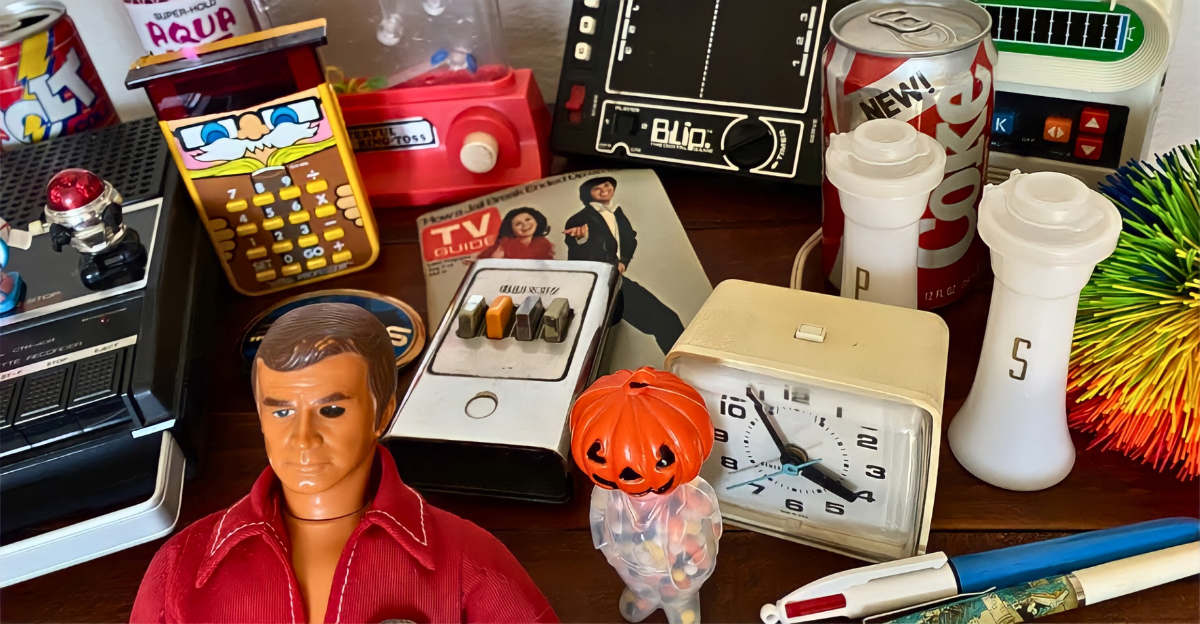
There’s no time like the 1960s, and if you could send children from today back in time, they might think they’re on a whole other planet. Before smartphones, Wi-Fi, and streaming services, people relied on rotary phones, vinyl records, and black-and-white televisions to stay connected and entertained.
Kids in the ’60s played with toys without screens, listened to music on bulky turntables, and watched cartoons on Saturday mornings, with no pause or rewind button in sight. These are some of the most memorable items from the ’60s that will baffle most kids.
1. Rotary Phones
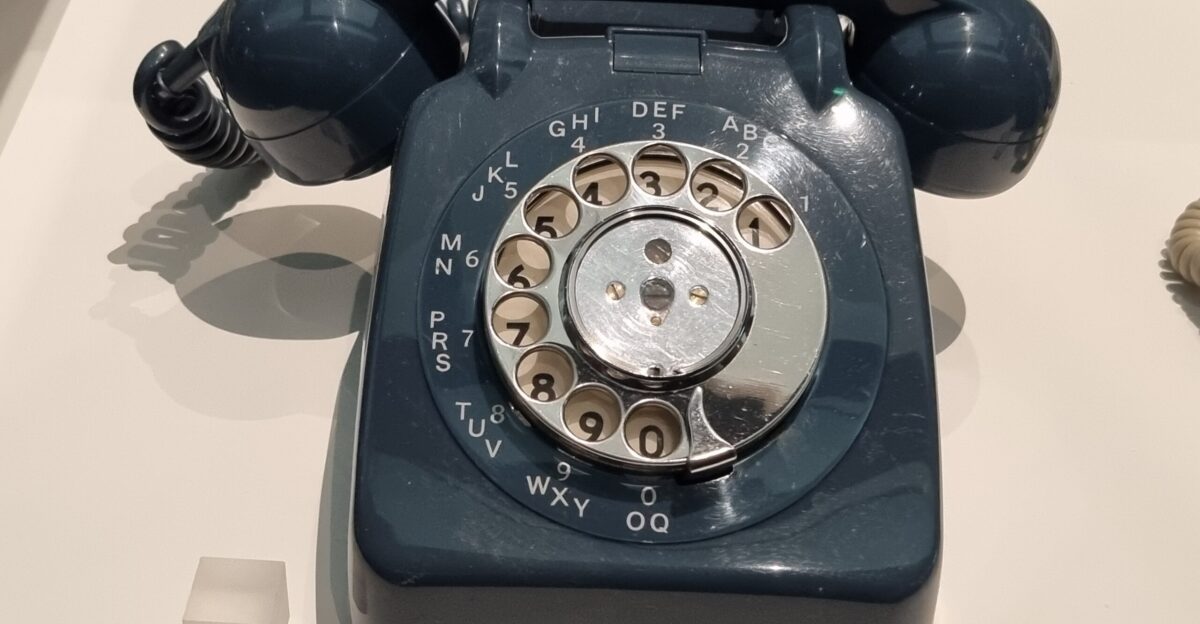
While most people are quite familiar with these, you’ll leave some kids speechless as to how these work. Unlike today’s smartphones, the rotary phone featured a circular dial with finger holes corresponding to each digit; to place a call, users would insert their finger in the correct hole, rotate the dial clockwise to a fixed stop, then let it spin back.
Mastering this process was once considered a skill, often requiring patience and precision, especially if you misdialed and had to start over. Push-button phones began to take over in the late 1960s, but they were nothing compared to rotary phones.
2. Slide Projectors

These devices, especially the iconic Kodak Carousel model, used circular trays to hold dozens of 35mm color slides, each containing a single photographic image. This was a great way to look back at memories. You’d dim the lights, fire up the projector’s incandescent bulb, and watch as each slide was projected onto a portable screen or even a blank wall, one click at a time. Manipulating focus and dealing with the occasional upside-down or stuck slide was all part of the fun.
3. TV Signoffs and Test Patterns

If you think you would have been able to binge-watch your favorite show until 2 in the morning, you’re making a big mistake. Most TV stations in the ’60s didn’t broadcast around the clock. Instead, after a certain hour, often midnight, the station would air a formal signoff, sometimes featuring the national anthem, an announcer’s message, or even a short inspirational film.
Once the broadcast ended, the screen would shift to a static image known as a test pattern, commonly a geometric design like the famous Indian Head pattern, or later the SMPTE color bars.
4. Ant Farms
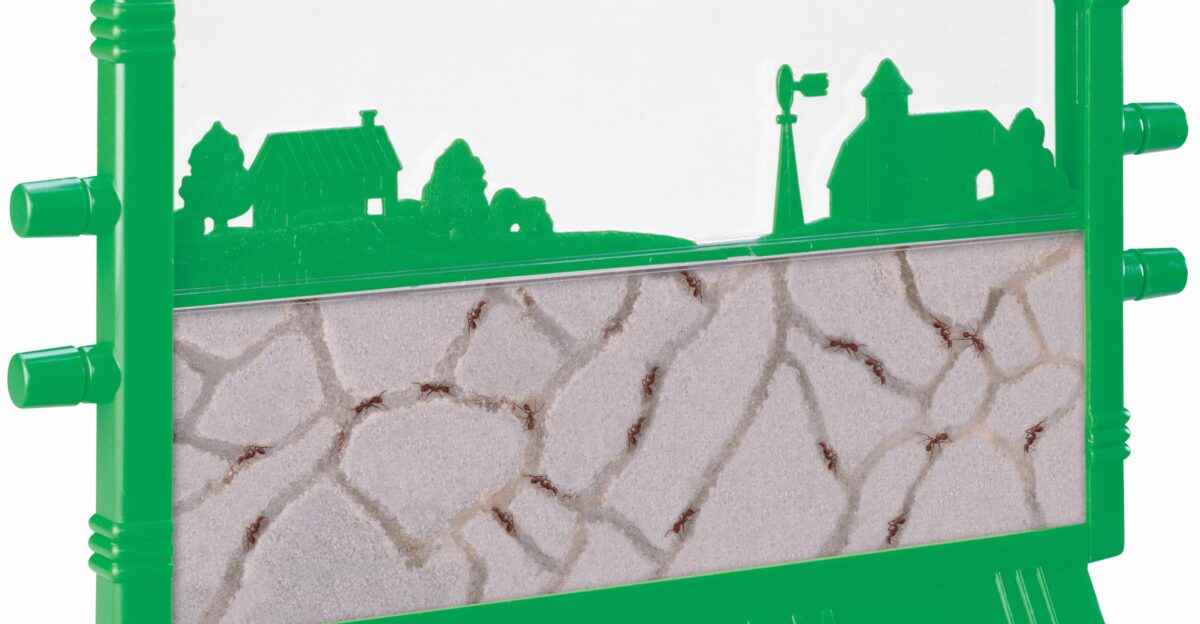
Did you even have a childhood if you didn’t own an ant farm? Invented in 1956 by novelty toy entrepreneur Milton Levine, Uncle Milton’s Ant Farm quickly became a must-have in every child’s bedroom. These “escape-proof” educational toys had clear panels filled with sand, allowing curious kids to watch as live ants dug tunnels, built bridges, and created a miniature colony right before their eyes.
The excitement began with the wait as the toy arrived empty, and children had to wait anxiously for their vial of ants to come in the mail. More than 20 million units have been sold, showing their popularity.
5. Spirograph Drawing Sets
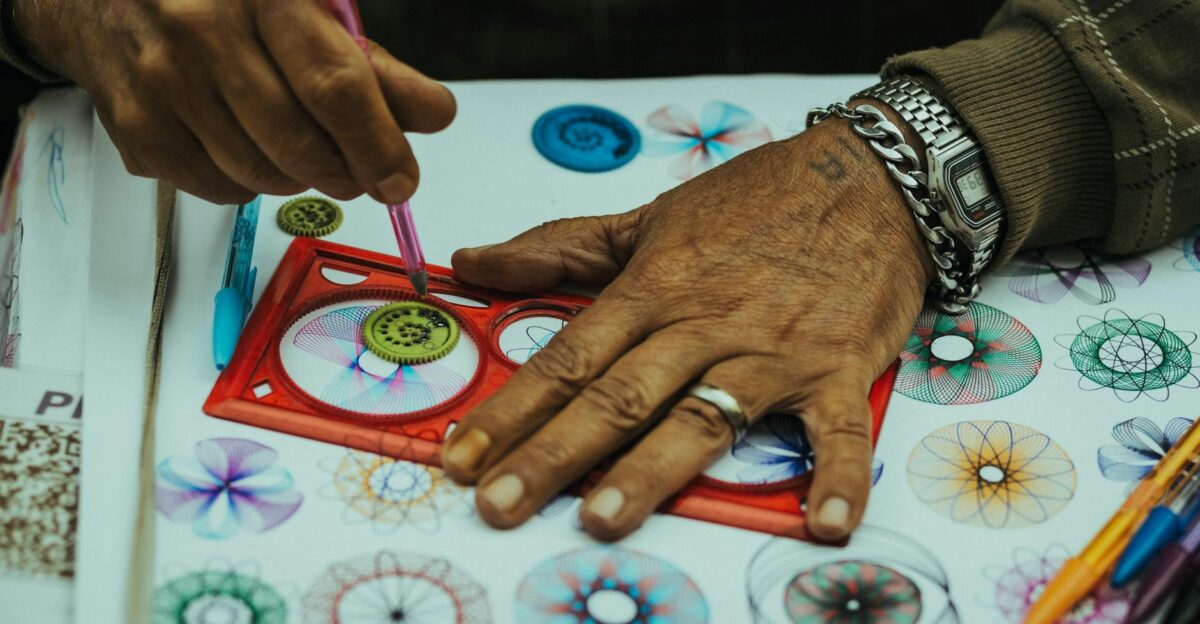
Drawing wasn’t quite what it is today, as these drawing sets were all kids kept themselves busy with at times. Invented by British engineer Denys Fisher, the kit featured interlocking plastic gears, rings, and wheels, each pierced with holes for the user’s pen. Anyone could make swirling, kaleidoscopic patterns by anchoring a ring to the paper and spinning a gear around its inner or outer edge.
Spirograph was named “Toy of the Year” in 1967, and its popularity soared with over 5.5 million kits sold just in its first few years. This kit made any kid feel like a genuine Picasso.
6. Milk Bottle Delivery Boxes
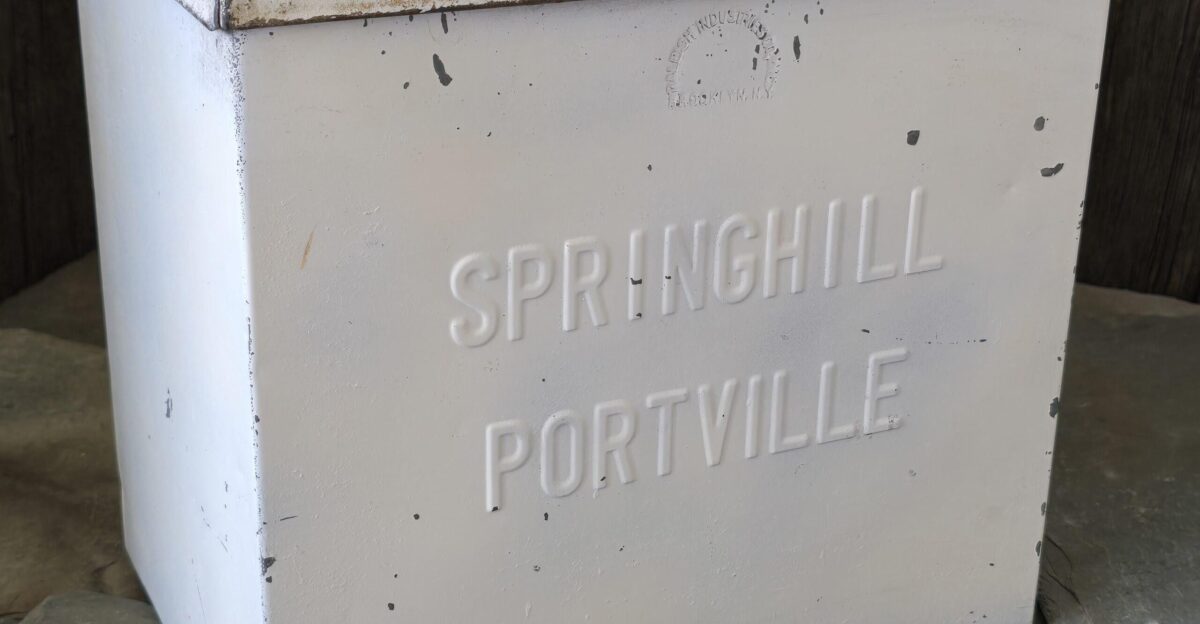
If one thing’ll baffle modern kids, it’s these boxes. Typically made of insulated metal or sturdy wood, these boxes sat on porches or stoops to protect fresh glass bottles of milk, delivered each morning by the local milkman, from heat, cold, and curious neighborhood animals. Empty bottles were left inside for collection, and the next delivery swapped them for full, chilled replacements, encouraging an early form of recycling and reuse.
Some homes even featured built-in cubbies that allowed the milkman to place bottles securely, accessible from outside and inside the house.
7. Sunburst Clocks

While it may be easy to spot that this is a clock, kids might wonder why. These clocks were found in almost every home as the latest home decor statement. Their bold, circular face surrounded by a dramatic array of wood or metal spokes resembling sun rays made them a must-have statement piece to decorate your walls.
For kids who are used to checking the time on their phones or digital watches, this watch would have been mind-boggling, especially because it lacked numbers as a reference point.
8. Lava Lamps
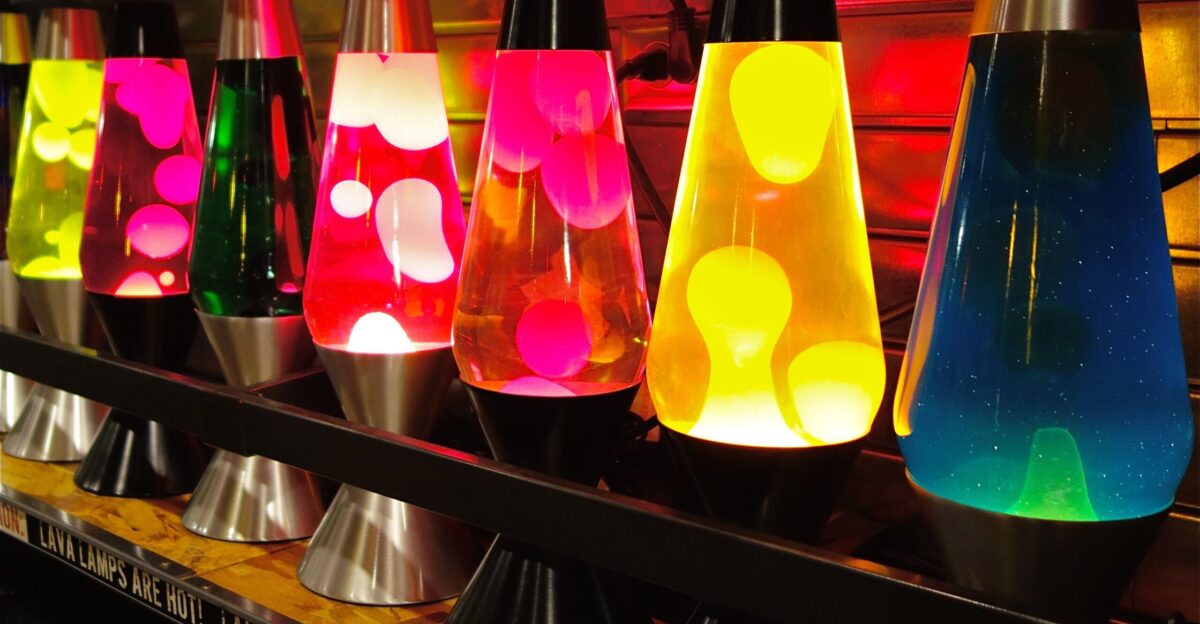
Invented in 1963 by British entrepreneur Edward Craven Walker, the lava lamp quickly became a household sensation. It appeared in TV shows and the homes of famous musicians, and everyone had to have one in at least one room. These slow-moving blobs of wax rising and falling through colored liquid could mesmerize people with their psychedelic aesthetics. While they provided little illumination, lava lamps were loved for their ability to set a mood.
9. Fondue Sets
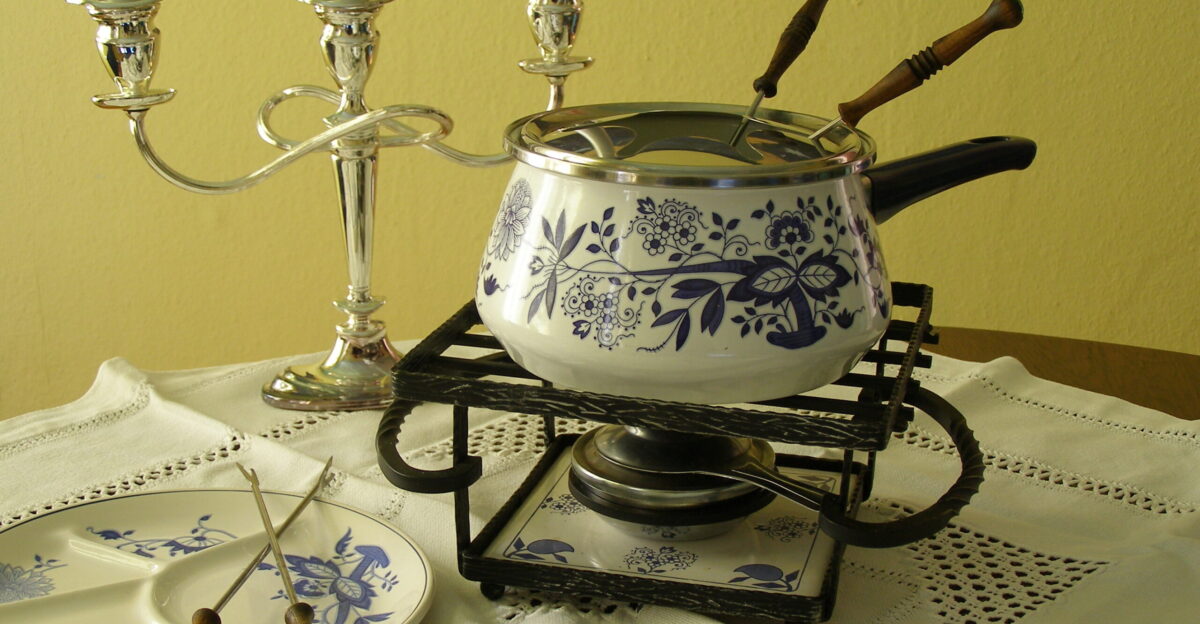
A party wasn’t truly a party without the fondue set coming to the table. Inspired by the traditional Swiss dish of melted cheese mixed with wine, first introduced to many Americans at the 1964 New York World’s Fair, fondue quickly became a fixture at dinner parties and family gatherings across the U.S. The typical home fondue set included a ceramic or enameled pot (known as a caquelon) kept warm over a small burner, with long-stemmed forks enabling everyone to dip chunks of bread or, as the trend grew, vegetables, meats, and even fruit into gooey, bubbling cheese.
Fondue sets were available in a wide range of designs and styles and were especially popular as wedding gifts or for college students setting up their first apartments.
10. Percolator Coffee Makers
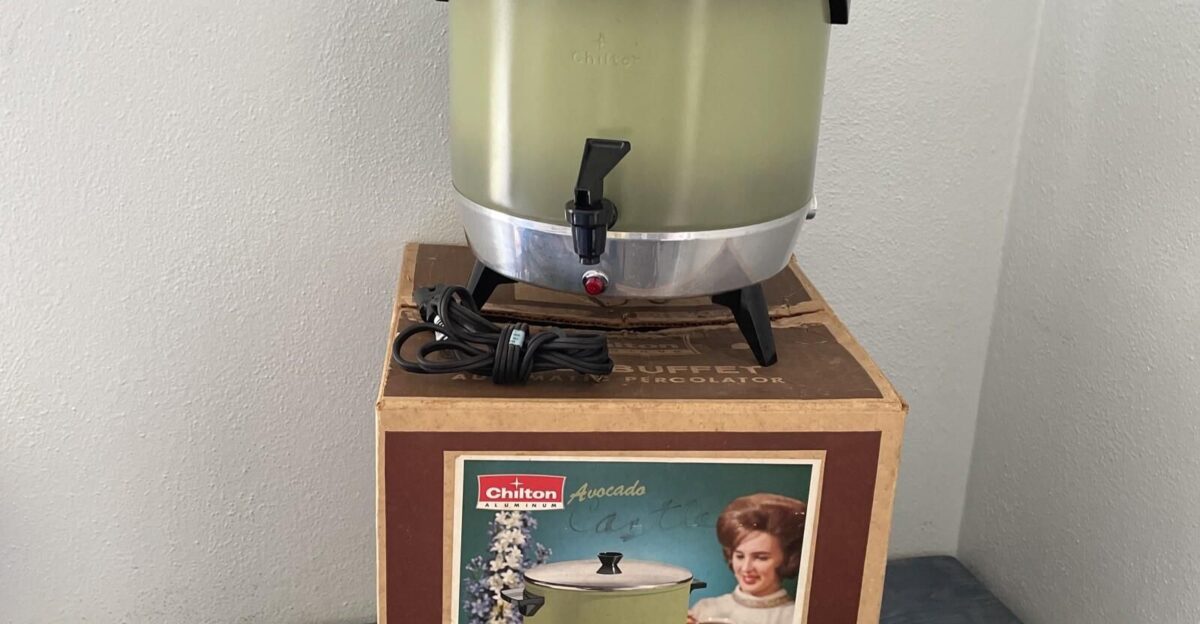
A morning cup of coffee looked slightly different in the 1960s than today, as most homes had a percolator bubbling away in the kitchen. Often made from gleaming chrome, aluminum, or glass, these devices worked by cycling boiling water up a central tube, which then showered over the coffee grounds in a perforated basket. This process repeated repeatedly, intensified the brew’s strength, and famously filled the home with the scent of fresh coffee.
Electric models began supplementing stovetop versions by the late 1950s and ‘60s. They offered a dial to control brew strength and kept coffee ready for hours.
11. Etch-a-Sketch
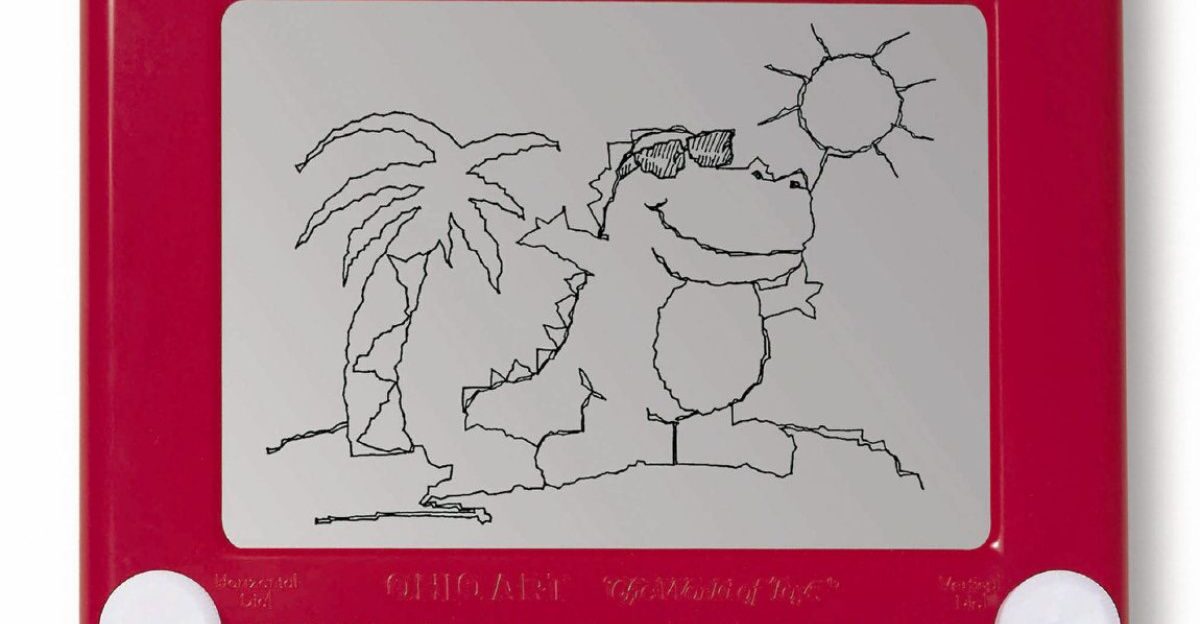
Created by French inventor André Cassagnes and launched in the United States by the Ohio Art Company for the 1960 Christmas season, the Etch A Sketch featured a thick gray screen framed in bright red plastic and two distinct white knobs in the lower corners. By turning the knobs, users manipulated a hidden stylus horizontally and vertically within the device, scraping away aluminum powder inside to reveal crisp, dark lines.
Once you were done, you could just shake your canvas, and it would be ready for the next big masterpiece. These simple devices could keep kids busy for hours.
12. Record Player
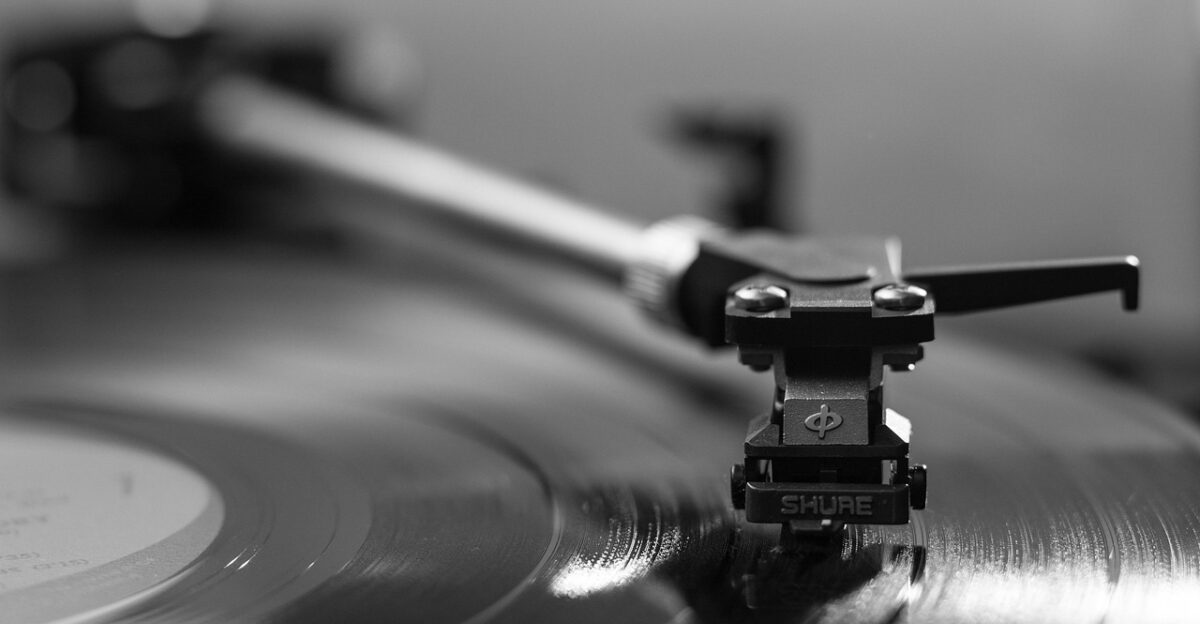
While you can still find a modern version of record players if you look hard enough, most kids would have no idea what these are or how to get them working. Record players became household staples, enabling listeners to experience their favorite albums with unprecedented sound quality and stereo effects. Using a simple yet ingenious mechanism, a needle tracing grooves in spinning vinyl, amplifying the resulting vibrations, this was the dream for any music-loving person.
13. Hand-Crank Ice Cream Makers
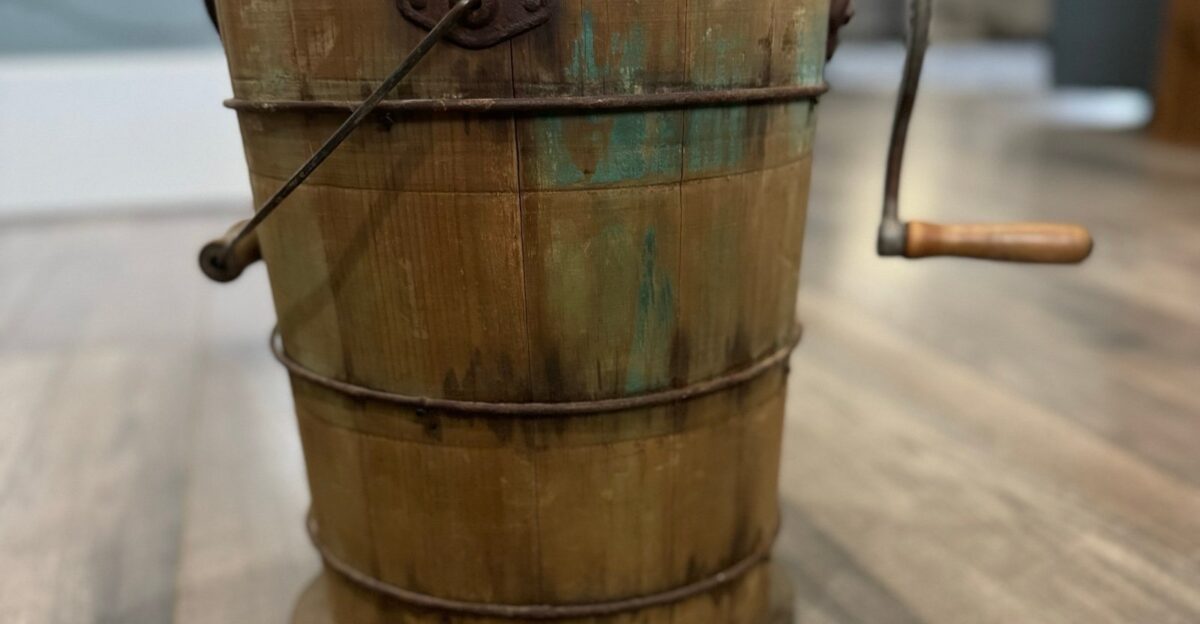
There was nothing quite like homemade ice cream in the backyard in the middle of summer, and these little gadgets were to thank for that. These devices featured a sturdy wooden bucket filled with ice and rock salt, surrounding a metal canister holding the sweet cream mixture. As one family member steadily turned the crank, a metal paddle inside the canister churned the ingredients, scraping ice cream from the walls toward the center and aerating the mix with each turn.
The process took patience and a good half hour or more of effort, often with young and old taking turns, but the reward was homemade ice cream with a creamy, velvety texture and unbeatable freshness.